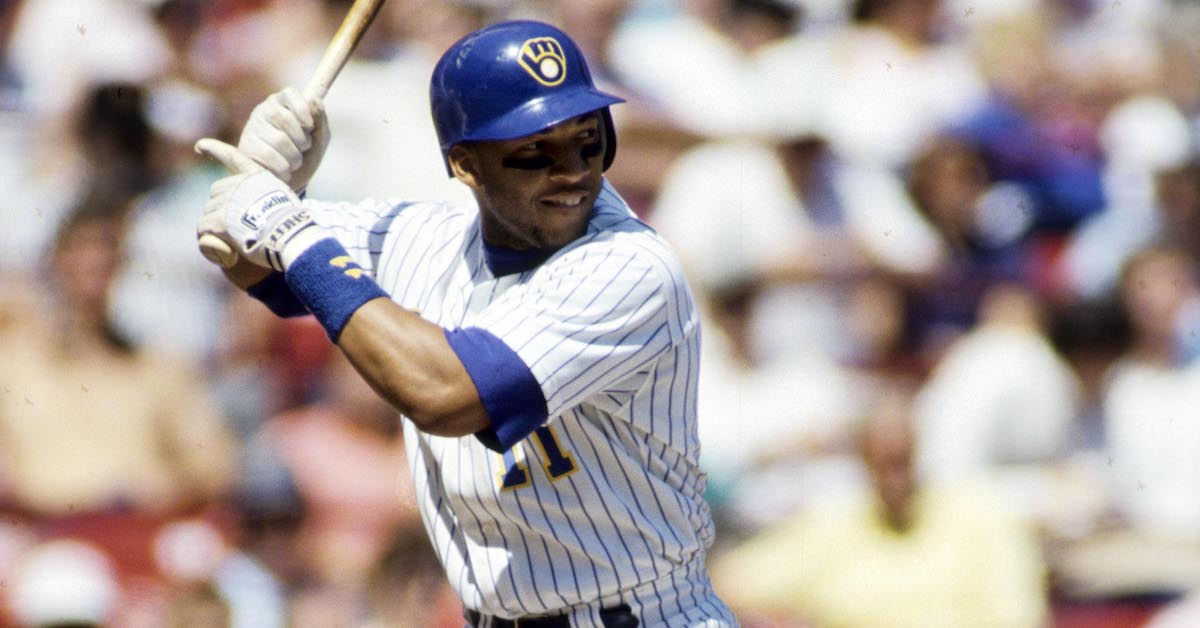2024 Contemporary Baseball Era Committee Candidates: Ed Montague and Joe West

This post is part of a series covering the 2024 Contemporary Baseball Era Committee Managers/Executives/Umpires ballot, covering candidates in those categories who made their greatest impact from 1980 to the present. For an introduction to the ballot, see here. The eight candidates will be voted upon at the Winter Meetings in Nashville on December 3, and anyone receiving at least 75% of the vote from the 16 committee members will be inducted in Cooperstown on July 21, 2024 along with any candidates elected by the BBWAA.
Umpires Ed Montague and Joe West
| Umpire | Seasons | Yrs | G | Eject | Home | WC | DS | LCS | WS |
|---|---|---|---|---|---|---|---|---|---|
| Ed Montague | NL, 1974, ’76–99; ML, 2000–09 | 35 | 4369 | 72 | 1099 | 0 | 25 | 40 | 34 |
| Joe West | NL, 1976–99; ML, 2002–21 | 44 | 5460 | 196 | 1391 | 5 | 33 | 60 | 34 |
What makes a Hall of Fame umpire? It’s a particularly pertinent question given that both Joe West and Ed Montague are on this year’s Contemporary Baseball Era Committee ballot alongside four managers and two executives, all of whom have careers that are more easily evaluated by wins, losses, pennants, championships, and a more subjective understanding of the context in which they occurred. Aside from their service time and logs of postseason series and other notable events, umpires don’t leave behind much data — or they didn’t, at least until the pitch-tracking era arrived. “A good umpire is the umpire you don’t even notice,” said Ban Johnson, the first president of the American League. “He’s there all afternoon, and when the game is over, you don’t even remember his name.”
Between the lack of data and a committee format that has pitted umpires against managers, executives, and long-retired players, only 10 men in blue have been elected to the Hall, including just two in this millennium: Doug Harvey and Hank O’Day. Harvey, whose career spanned from 1962 to ’92, was recognized by SABR in 1999 as the second-best umpire in history behind only Bill Klem; he was elected via a 2010 Veterans Committee ballot specifically devoted to executives and umpires. O’Day, a former major league pitcher (1884–90) whose umpiring career spanned from 1894 to 1927 but was interrupted by brief stints as a manager, was elected via the 2013 Pre-Integration Era Committee ballot. Read the rest of this entry »








